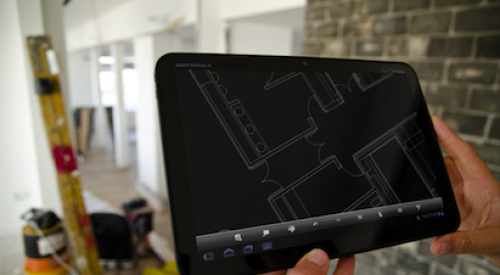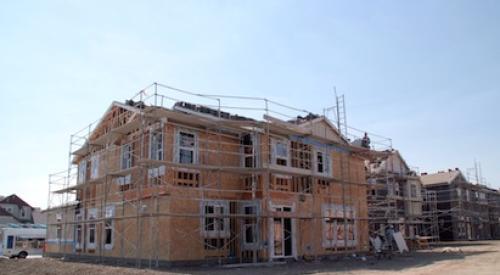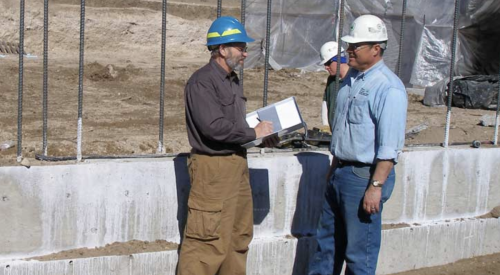"Being incredibly organized probably cut the construction time in half. The vendors did not have to come back and redo things many times or have to take weeks to get the information. I am really confident that our planning process helped keep things in budget, helped keep things on schedule." John Eilermann
"In this price point with the types of finishes and the options that are available, I think I will be tolerant of people's inability to make instant decisions. I might be more tolerant of them now because I know how difficult it is to do at this level." Stephen Gillis
"There are a lot of things I have learned doing this that I will change in our selection process with clients. The questions and things that we will sit down and go over with people will be much more concise. In other words, when you are picking out the cabinet color, why don't you pick out the plugs and switch colors at the same time? We will set up a process that's easy for us in the office to manage and easy for the customer to understand." Stephen Gillis
"Spend the time up front to work through as much of the design as possible. The temptation is to 'figure it out in the field.' This took a lot of time out of my day and often delayed my trades. I remember I didn't have a lighting plan to work from. Not only did this make it impossible to budget, but it took a lot of time to work through in the field." Steve Kendrick
"Now I can talk to the client with some degree of knowledge of the products we are going to use in the home." Stephen Gillis
"We found there is a lot more flexibility with concrete countertops. By pouring them on-site, we were able to achieve the kind of countertop we wanted a lot better with the selection of colors and shapes. They are a mess when they pour them though, no matter how well they try not to let it be. We had to protect the floors." John Eilermann
"Leave some room in your budget and schedule for creativity to be worked through in the field. Interior trim is the most likely place to do this and where I chose to do it in my home. The most interesting houses we've built have evolved creatively in the field." Steve Kendrick
"When you are dealing with a very unusual design, you have to be as much a diplomat and politician as you have to be a good builder. To have a superintendent who can do that is very important to you. There is so much negotiating that has to go on." Loel Fenwick
"Don't choose only from your business subs when deciding who will work on your house. Being in the business for 60 years, we have a great relationship with a lot of subs. However, there were some trades that we chose not to start with and went with others who were more accustomed to doing the higher-end, big custom homes. We used a millworking company that we don't use everyday and a flooring company that specializes in high-end floors. We really opened up our horizons. That is something I'm glad we did — to make sure we got the right subs for the job." John Eilermann
"Before you even put a shovel in the ground, sit down and plan out everything. Pick out everything; get it all chosen. Have it all done so you can just call out orders to everyone, and you'll go okay. Looking back, that would be the one piece of advice that I would say to anyone building their own home — make all your decisions beforehand." Stephen Gillis
"I put a lot of plumbing fixtures in the house, and one of the things I didn't really give good thought to was how I was going to supply hot water to everything. I didn't give that a lot of thought until the end of the job. If I had given it a lot of thought earlier, I might have changed the way I did the mechanicals and the HVAC. If I had thought about it more at the beginning, I could have put a series of tankless instant hot water heaters in." Stephen Gillis
"An hour spent during the planning process saves four hours in the field." Steve Kendrick
"We learned the value of having a full-time superintendent on the job, which helped scheduling and kept the attention to detail at a high level." John Eilermann











